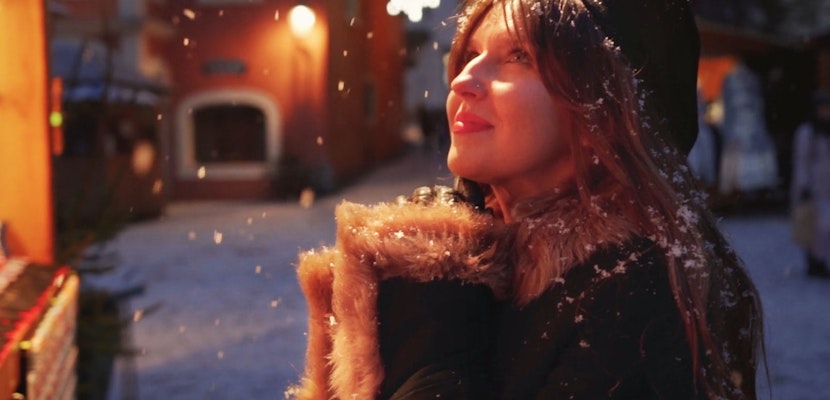One of the hardest things to deal with when working with live footage is trying to get a clean background plate. There are times when you want to show a scene without things in the foreground like cars, rain, etc. But when you shoot, you have no control over what’s happening in the foreground. Unless you have a huge budget to shut down a highway, you can’t stop the cars from moving through.
There are lots of ways to create clean plates when you have foreground elements to get rid of, but most are time-consuming and require lots of bits of extra work to make them work. For instance, you can clone stamp out foreground elements, or you can use Photoshop to stack frames from your video and remove the moving foreground elements that way. These techniques do work, but with different levels of success, and usually some leftover cleanup work in the end.
But Keller Software claims to have a much quicker and more efficient solution to creating clean background plates in After Effects (and Nuke) with their new Superpose plug-in. The Superpose plug-in will analyze your shot and remove all “non-static” images over a course of frames.
Note that the Superpose plug-in only works when dealing with locked-down camera shots. This is because of the way that Superpose analyzes each pixel.
Superpose claims to be most effective when working with shots that have a high volume of moving objects in the foreground like snow or rain. In their own words “Compare to other techniques for rain or snow removal like frame-averaging which leaves ghosting shadows, Superpose statistically analyzes each pixel and calculates the probability of the background pixel value. This leads to a perfect result.”
Although Keller does suggest using Superpose as a first step to clean plate creation, the results that one can get from the plug-in alone are quite stunning.
The plug-in for After Effects is quite simple with only a few customizable controls. There are settings for the start and end frames of the sequence you want to analyze, a control for how often to analyze the frame, and two other settings that are the real difference makers. These two controls are “divergence” and “rating range.”
Divergence controls the amount of difference needed before treating 2 pixels as different. Keller says that having a value too small can create “crispy” images while setting it too high might create “ghosting.” The other control called rating range is used by the plugin to rate each pixel for the final result. Keller suggests that the default value of 1 works in most cases, but sometimes you can get a better effect by increasing this value as needed.
So, how well does it work? The samples on the Keller website show a video clip with heavy snowfall being removed and another with an aerial view of a highway where all the cars are being removed. They are both beautiful examples, but we felt like we needed to give it a go ourselves.
We took a shot with a low camera angle of several people walking through. There are also some tiny cars moving across the bridge in the background. With a couple of minutes of tweaking (not really knowing what we were doing), we managed to get the result below.
Pretty impressive with minimal effort. Even the tiny background cars are gone and we have a clean plate to work with.
It’s important to note that different shots may get different results or require some more work, but the results from our test and the examples from the Keller website show just how powerful this plugin can be. It’s definitely worth taking a look at the next time you find yourself needing to clean up plates for your footage.
The cost of the plugin is 99 Euros for a single license, but Keller offers a free demo version that creates watermarked samples so you can try it out. For more details, visit keller.io.



























